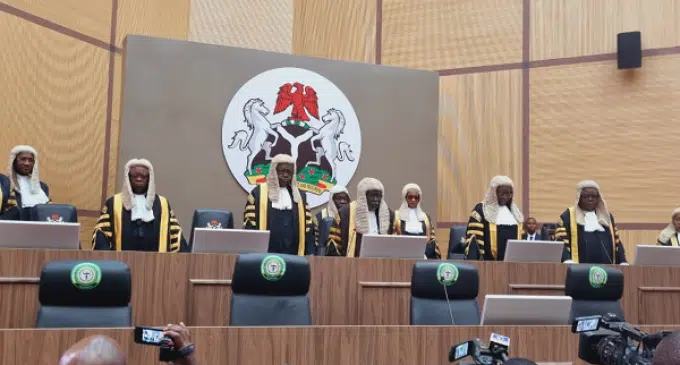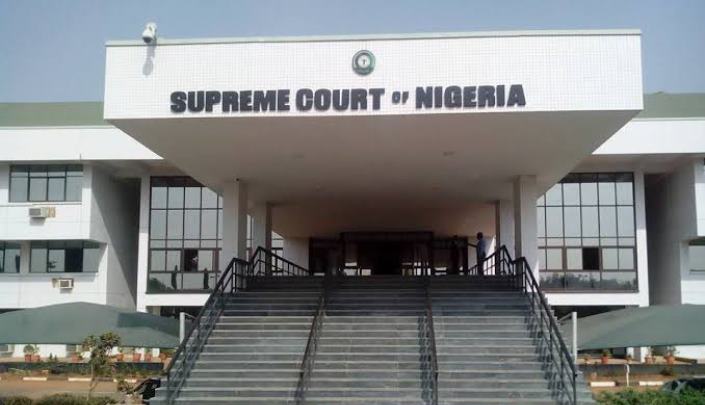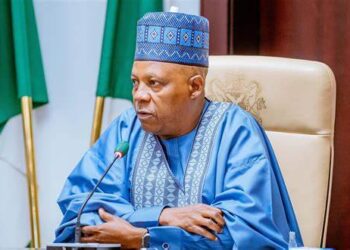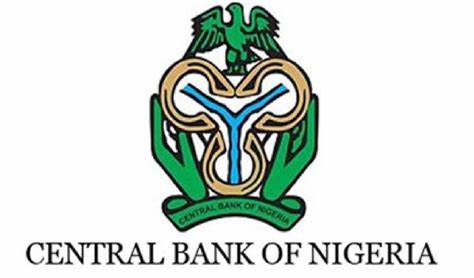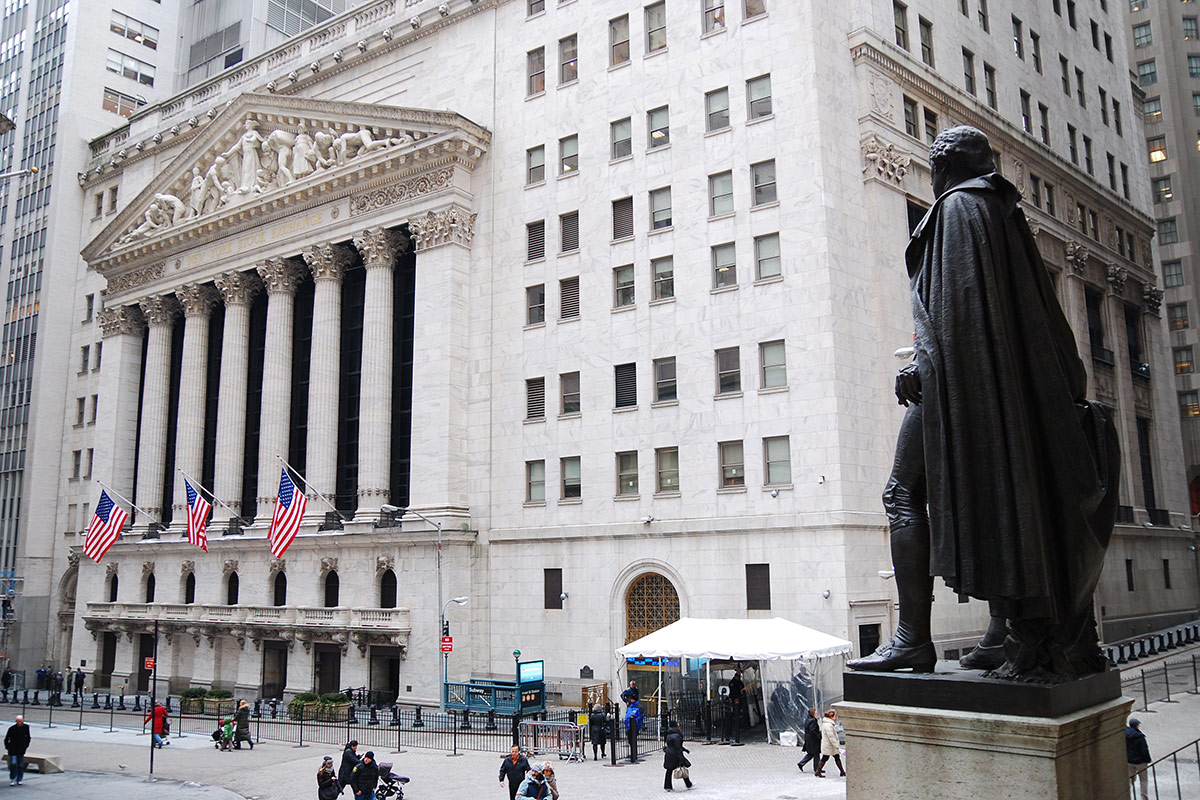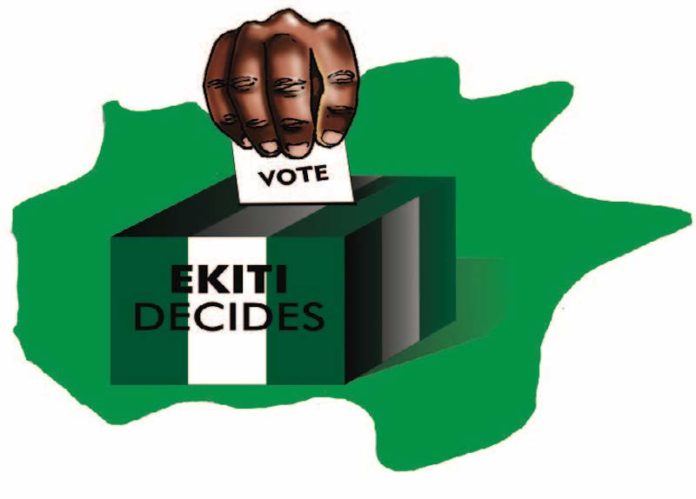Nigerian consumers continue to grapple with significantly elevated fuel costs as official statistics reveal that Premium Motor Spirit prices have climbed by over one-third compared to the previous year, despite experiencing a slight monthly reduction in July 2025.
The National Bureau of Statistics disclosed that petrol retail prices averaged ₦1,024.99 per litre during July 2025, representing a substantial 33.02 percent increase from the corresponding period in 2024. However, consumers experienced marginal relief as prices declined by 1.22 percent from June 2025’s average of ₦1,037.66 per litre.
Regional price variations across Nigeria’s 36 states painted a complex picture of fuel distribution challenges and market dynamics. The NBS “Petrol Price Watch” report identified significant disparities in what consumers pay depending on their geographic location.
Jigawa State emerged as the most expensive market for petrol purchases, with residents paying an average of ₦1,107.52 per litre. Lagos State, despite being Nigeria’s commercial hub with presumably better supply infrastructure, recorded the second-highest prices at ₦1,100.29 per litre. Sokoto State rounded out the top three most expensive markets with average prices reaching ₦1,100.00 per litre.
Conversely, consumers in certain northern states enjoyed relatively lower fuel costs. Zamfara State recorded the most affordable petrol prices nationwide at ₦884.63 per litre, followed by Yobe at ₦950.60 per litre and Kogi at ₦986.67 per litre.
The geographic distribution of pricing revealed interesting patterns when examined by Nigeria’s six geopolitical zones. The North West region recorded the highest average retail prices at ₦1,035.85 per litre, while the North East zone offered the most affordable fuel at ₦1,017.65 per litre on average.
These regional price variations reflect complex factors including transportation costs, supply chain efficiency, local market dynamics, and proximity to refineries and storage facilities. The data suggests that geographic location significantly impacts the financial burden of fuel purchases for Nigerian consumers.
Recent market developments indicate potential relief for consumers as global petroleum markets experience downward pressure. Independent market monitoring confirms that petrol prices have begun declining in major Nigerian cities, primarily driven by reductions in international crude oil prices.
Current global oil market data shows crude oil trading at $63.55 per barrel, while Brent crude stands at $67.69 per barrel. These international price movements typically influence domestic fuel costs with some lag time, as local pricing reflects global market trends alongside domestic factors.
Current retail observations in major Nigerian cities show prices below the July national average reported by NBS. Lagos petrol stations currently sell fuel between ₦865 and ₹875 per litre, while Abuja consumers pay slightly higher rates ranging from ₦890 to ₦910 per litre.
The gap between the NBS July average and current street prices suggests that the downward trend in global oil prices is beginning to translate into consumer relief at Nigerian filling stations. This development offers hope for continued price moderation in the coming months.
The substantial year-over-year increase documented by NBS reflects the broader economic pressures that have characterized Nigeria’s fuel market over the past year. Various factors including foreign exchange fluctuations, supply chain disruptions, and policy changes have contributed to the elevated price environment.
For Nigerian consumers and businesses, fuel costs represent a significant expense that impacts transportation, logistics, and overall cost of living. The 33 percent annual increase places additional strain on household budgets and business operations across the country.
The slight monthly decline observed in July may signal the beginning of price stabilization, particularly if global oil markets continue their current trajectory. However, domestic factors including foreign exchange availability, refinery operations, and distribution efficiency will continue to influence local pricing patterns.


